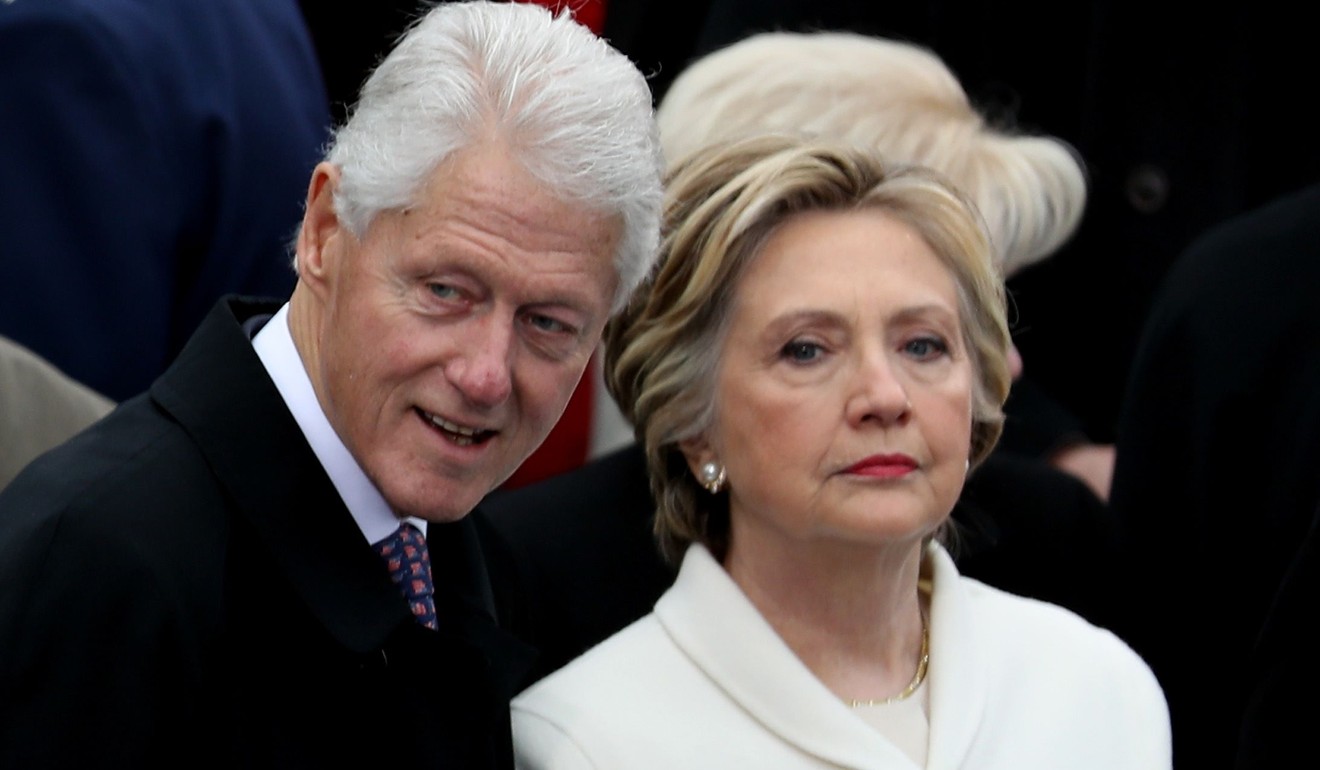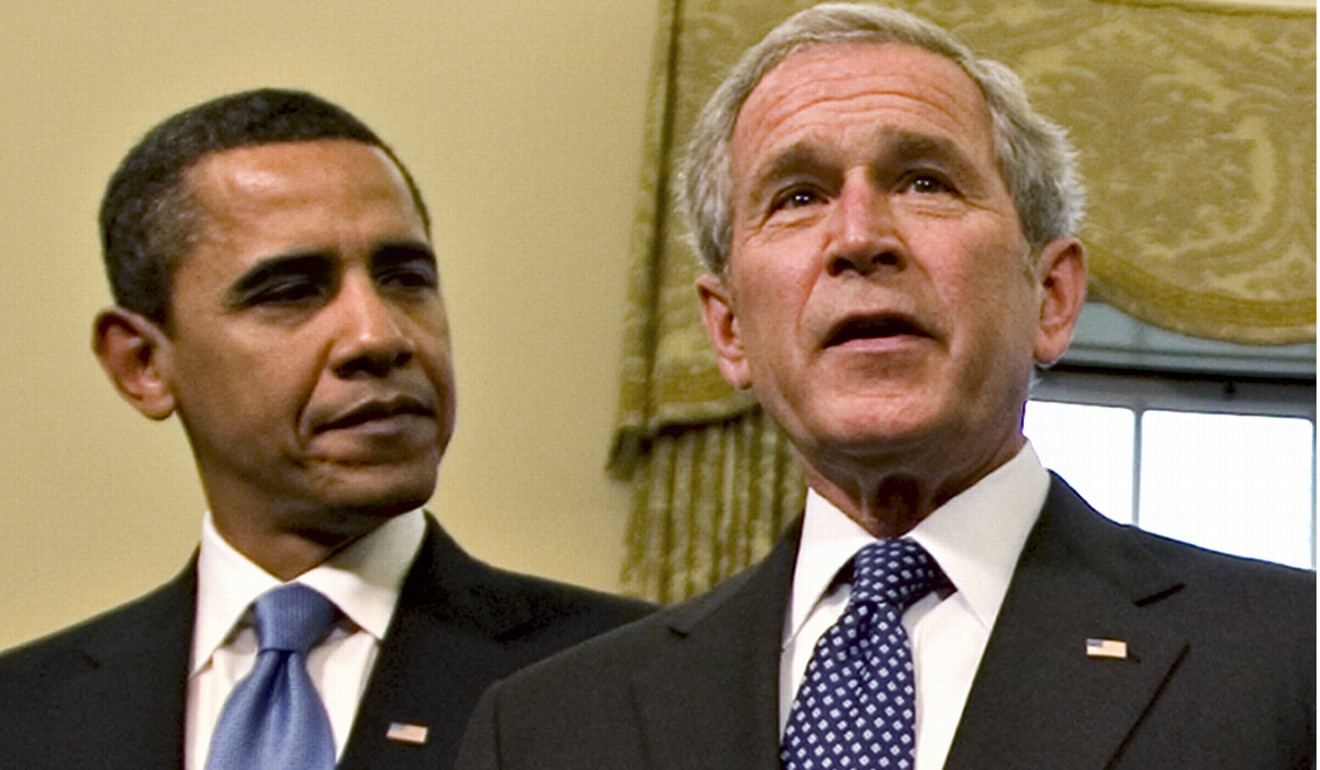
Trump’s fiery first year is not all that unusual. Ask Bill Clinton
Niall Ferguson says getting mad is part of the job as the presidency can be inherently infuriating, noting that US President Donald Trump’s tumultuous start has much in common with Clinton’s dramatic first year in office. Clinton, of course, went on to be re-elected
“Once Trump came into the Oval Office with a newspaper folded into quarters showing some story based on a leak from the White House. ‘What the f*** is this?’ Trump had shouted. Presidential flare-ups were common enough, but Trump often would not let an incident go, roaring on for too long before calming down.” “The White House problems … were organisation and discipline. The staff was too often like a soccer league of 10-year-olds.”
My point is not that Clinton is like Trump, but that the presidency will infuriate even the best of men. Show me a presidential biography and I’ll show you eruptions of fury. Yet each biographer presents this as a significant trait of his subject, rather than appreciating that it’s structural: the job is inherently maddening.

Initially, however, he is a powerful novice. Those appointed to key positions are also often new to government. The other branches of government operate according to different rules. To work with them, the president needs experienced insiders. Meanwhile, the press exists in a symbiotic relationship with the government. Out there, too, are the other governments of the world, sizing up the new guy.
Can America do to Trump what Philippines did to Estrada?
Wolff could have written Woodward’s book and vice versa. Clinton’s campaign manager was dating a Republican spokeswoman who called Clinton “a philandering, pot-smoking draft dodger”. Clinton’s nominee for attorney general had to withdraw because of tax evasion. Not only did the first lady play an absurdly large role in formulating health care policy; Clinton even put a relative in charge of the White House travel office. The deputy White House counsel and a friend of the Clintons shot himself dead in a Virginia park. Now that’s what I call fire and fury.
Forget Fire and Fury and focus on what matters: solid US jobs, wages and consumer spending
As for Trump and the media, we’ve seen the movie before. Things were so bad in 1993 that Hillary tried to move the press out of the White House. Just as Trump jettisoned Sean Spicer, so Clinton sidelined George Stephanopoulos. Still to come were David Hale’s revelations about Whitewater, the allegations of the president’s liaisons with women and the Chinese attempt to meddle in US elections. Context matters too. Neither Clinton nor Trump had to contend with a crisis as big as George W. Bush (September 11) and Barack Obama (the financial crisis).

How did the Clinton era unfold after its first, chaotic year? The Democrats lost control of the House of Representatives in year two. He still got re-elected but the other side later impeached him. He survived and, with the economy booming, even saw his approval rating rise. Trump’s fate may not be identical. But what makes you sure it won’t be the same old Shakespearean drama – just with a different cast?
Niall Ferguson is Milbank Family Senior Fellow at the Hoover Institution, Stanford

